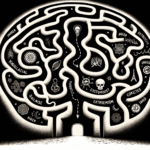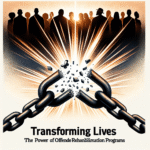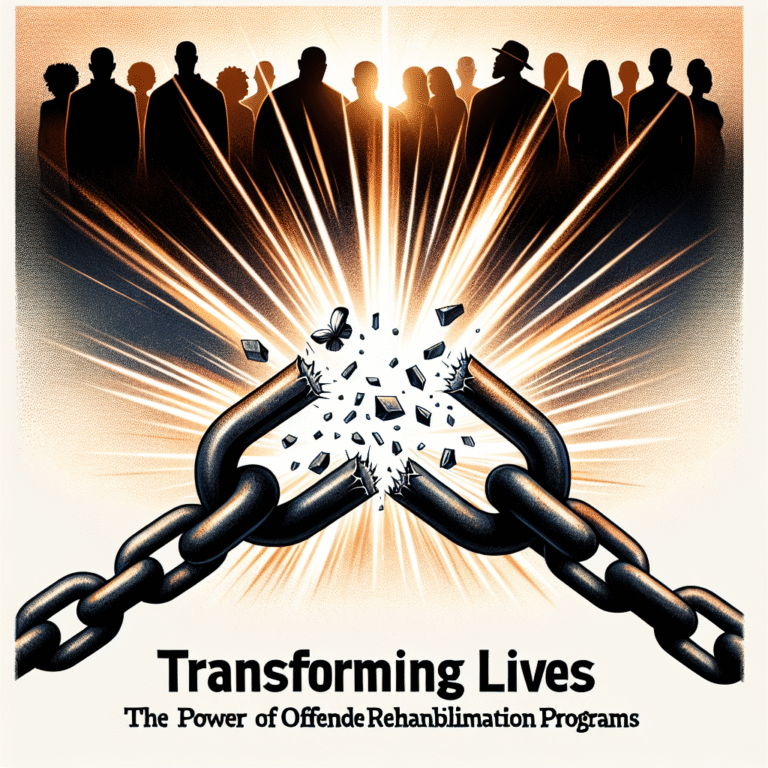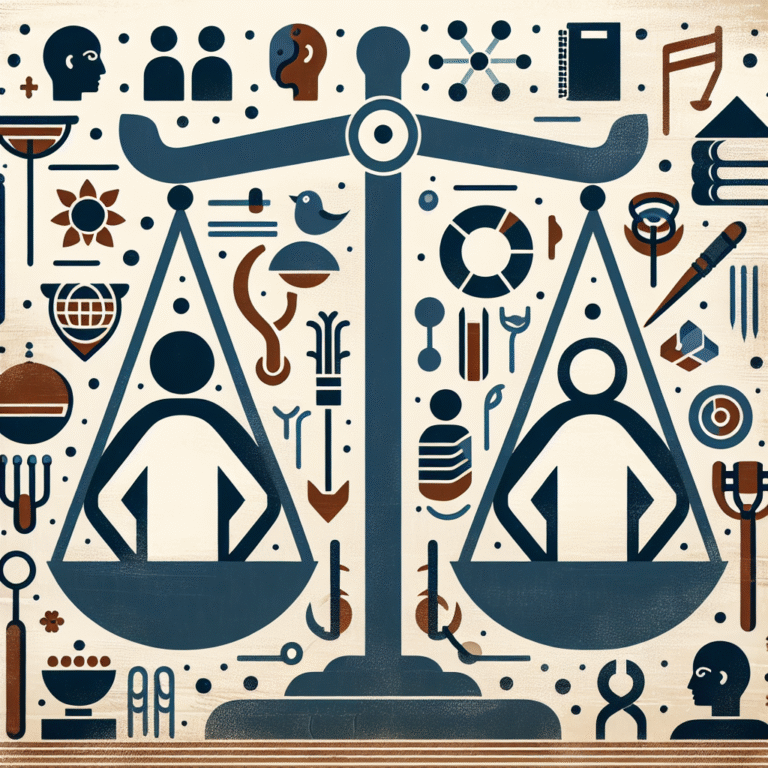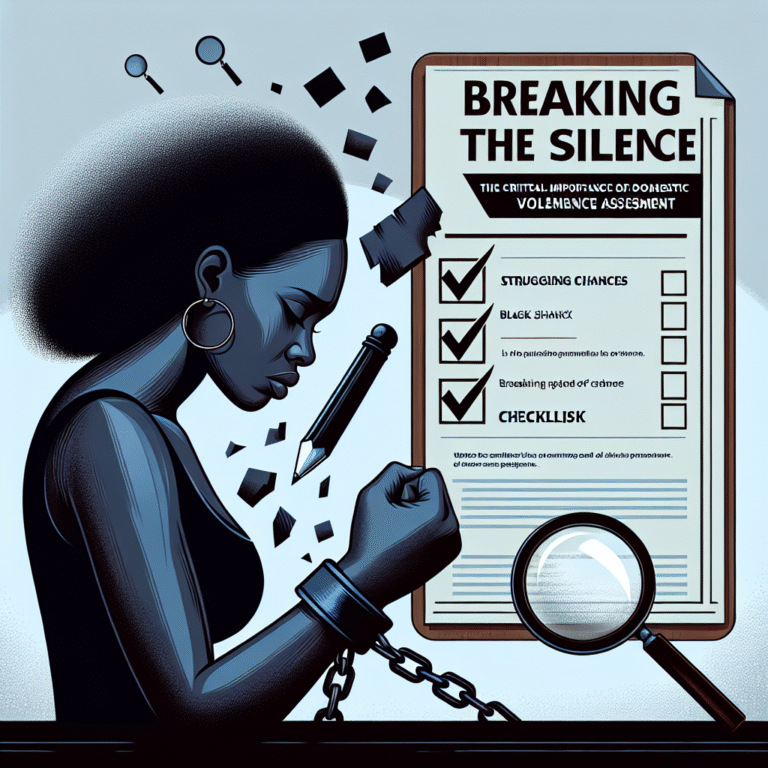
Introduction
In the complex world of law, understanding the underlying decision-making processes can often feel like navigating a labyrinth. For both lawyers and their clients, the clarity of these legal decisions is paramount—it affects case outcomes, client relationships, and ultimately, justice itself. In this essential guide, we will explore the legal decision-making processes in a way that empowers both parties, emphasizing the importance of clear communication, effective strategies, and informed choices. Whether you’re a seasoned attorney seeking to refine your practice or a client eager to gain insight into the legal journey, this article on "Understanding Legal Decision-Making Processes: A Guide for Lawyers and Clients" is for you.
The Foundations of Legal Decision-Making
Understanding legal decision-making begins with a solid grasp of the foundational principles of law. The legal framework provides the boundaries within which decisions are made, taking into account statutes, case law, and legal precedents.
The Role of Precedent
Precedents—previous court decisions on similar issues—play an essential role in guiding legal decision-making. A guiding case establishes a legal principle that all lower courts must follow, provided it remains applicable. For example, the landmark case Roe v. Wade set a crucial precedent regarding abortion rights in the United States.
Case Study: Brown v. Board of Education
In Brown v. Board of Education, the Supreme Court’s decision to overturn segregation in public schools was grounded not only in a legal analysis but also in social and psychological considerations. This case illustrates how legal decisions are profoundly affected by context, setting a powerful precedent that shaped American society.
Statutory Interpretation
Another crucial aspect of legal decision-making is statutory interpretation. Lawyers must interpret laws, understanding the intent of legislators while applying them to unique situations. The methods for interpreting statutes include textualism, originalism, and purposivism—each offering different lenses through which the law can be viewed.
Chart: Methods of Statutory Interpretation
| Method | Description | Example |
|---|---|---|
| Textualism | Focuses strictly on the text of the law | Employment contracts |
| Originalism | Seeks to understand the intent of the law’s drafters | Second Amendment disputes |
| Purposivism | Considers the purpose behind the law | Environmental regulations |
The Decision-Making Process for Lawyers
Lawyers face decision-making processes that are often intricate and demanding. Understanding these psychological and practical aspects can help both lawyers and clients navigate their way to satisfactory outcomes.
Assessing Case Facts
The first step for any attorney is to gather and assess case facts thoroughly. This involves analyzing evidence, interviewing witnesses, and researching relevant laws. This foundational work enables lawyers to advise their clients effectively.
Case Study: The O.J. Simpson Trial
The O.J. Simpson trial is a perfect illustration of how the assessment of facts can drastically influence legal outcomes. The barrage of evidence, competing theories, and media frenzy underscored the importance of keen legal analysis and strategic decision-making. Ultimately, it was the effective advocacy and interpretation of evidence that played crucial roles in the jury’s decision.
Developing Legal Strategies
Once the case facts have been assessed, lawyers must develop a strategy aligned with their client’s goals. This strategy may include negotiating settlements, planning for trial, or even alternative dispute resolution methods.
Communication and Client Involvement
A lawyer’s role extends beyond mere representation; effective communication is crucial in the decision-making process. Clients must be involved, informed, and comfortable with their legal journey. Educating clients about potential outcomes, timelines, and risks can enhance their confidence in the legal process.
The Client’s Perspective in Legal Decision-Making
Clients also play a vital role in the legal decision-making process. Their understanding or misunderstanding of legal concepts can significantly influence the trajectory of a case.
Realistic Expectations vs. Aspirations
It is essential for clients to have realistic expectations regarding their legal situations. Optimism must be grounded in the realities presented by their cases. A conversation surrounding expectations can shape decisions about whether to pursue litigation or settle disputes.
Case Study: Divorce Negotiations
In many divorce cases, clients often envision an amicable resolution but may find themselves struggling with emotions and conflicting interests. Legal advisement can help clients understand the likely outcomes, empowering them to make informed decisions.
Financial Considerations
Cost is often a significant factor in legal decision-making. Clients should understand the fees associated with their cases and consider alternative billing options, such as contingency fees or flat rates for specific services.
Table: Common Billing Structures in Legal Cases
| Billing Structure | Description |
|---|---|
| Hourly Rate | Charged for each hour the lawyer works on the case |
| Contingency Fee | Lawyer gets paid a percentage of the settlement |
| Flat Fee | Fixed amount for specific legal services |
Emotional Factors in Legal Decision-Making
Emotions play an undeniable role in legal decision-making, impacting both lawyers and clients alike. Recognizing this can lead to better outcomes.
Stress and Anxiety
Legal situations can provoke significant stress for clients. This emotional turmoil can Cloud judgments and inhibit rational decision-making. Effective lawyers must acknowledge this emotional landscape and support clients through the process.
Building Trust
Trust between lawyer and client is critical. A trusting relationship fosters open communication, which can significantly influence decision-making quality. This trust empowers clients to share details that might otherwise be withheld, leading to better-informed legal strategies.
Case Outcomes and Post-Decision Analysis
Making a legal decision is not the end of the road; rather, it is often just the beginning of the journey. After an outcome is reached, a thorough analysis can provide insights for future cases.
Evaluating the Outcomes
Lawyers must critically assess both favorable and unfavorable outcomes to refine their strategies and improve their practices. Understanding what worked and what didn’t helps develop stronger advocacy and more effective client communication.
Case Study: The Enron Scandal
The legal fallout from the Enron scandal presented numerous opportunities for reflection on decision-making processes. Analyzing the various legal strategies employed can yield valuable lessons about ethical decision-making, risk management, and corporate governance.
Conclusion
Understanding legal decision-making processes is vital for both lawyers and their clients. By grasping the intricacies involved—from foundational legal principles to emotional factors—both parties can engage in a more productive dialogue and navigate the complexities of the law more effectively.
This guide has highlighted critical aspects of the legal decision-making process, fostering an appreciation for its nuances while striving for transparency and understanding. As we move forward, let’s keep the lines of communication open, value realistic expectations, and strive for the best possible outcomes in every case.
FAQs
1. Why is understanding legal decision-making processes important for clients?
Understanding these processes helps clients make informed decisions and manage their expectations during their legal journey.
2. What role does precedent play in legal decisions?
Precedent ensures consistency and predictability in the law, helping lawyers advise their clients based on established legal principles.
3. How can emotional factors affect legal decision-making?
Emotional factors can impede rational judgment and influence the actions of both lawyers and clients, making it essential to consider these dynamics.
4. Are there different types of billing structures lawyers use?
Yes, common billing structures include hourly rates, contingency fees, and flat fees, each fitting different legal needs and situations.
5. How can clients better communicate with their lawyers?
Clients should openly discuss their concerns, provide relevant information, and ask questions throughout the legal process to ensure effective communication.
In closing, whether you are a client or a lawyer, understanding legal decision-making processes empowers you to navigate the law with confidence. Embrace this knowledge and approach your legal journey with clarity and purpose.
